Smiles and laughter come easily to Connie Ritter, 61, the second of 10 children born and raised in Monroe City, Missouri. But her face turns stern when she recalls the playground beside the Mark Twain birthplace museum in Florida, Missouri. She and other African American children played there, but they never entered the museum. “No one ever told us we couldn’t go inside. But we knew we couldn’t go inside. And now I work here.”
Ritter makes clear that times have changed in her 16 years at the museum, now part of Mark Twain State Park. More African Americans are employed at Missouri’s state parks. She has been promoted from tour guide through several positions to interpretative research specialist II. For a year, she served as acting administrator. “But that doesn’t help your mind and heart change. It’s a struggle to forget so you can heal.”
She says that, at the beginning, “Mark Twain wasn’t my cup of tea. I hated Mark Twain.” Why? “Because of Nigger Jim” in Twain’s Adventures of Huckleberry Finn. “It took me awhile to understand what I understand about Huck Finn now” as an assault on racism. Today she cannot get enough of Twain: “I want to learn more. I want to learn more.”
Ritter has helped make clear the role of slavery in the area. Beginning last year, the museum introduced a display panel on slavery. Missouri, as the only slaveholding state west of the Mississippi, attracted slaveholding families from the East and South. All of the grandparents of Samuel Clemens (Mark Twain) owned slaves.
His parents, at the time of their marriage in Kentucky in 1823, owned six slaves. By 1835, the year of Samuel Clemens’ birth in Florida, Missouri, they had sold five of them. The family kept only Jennie, a slave who was flogged by Clemens’ mother for insubordination. The panel includes a quote from Frederick Douglass: “I didn’t know I was a slave until I found out I couldn’t do the things I wanted.”
Ritter says it is important to tell people the role and reality of slavery in an area of Missouri known as “Little Dixie.” The display’s reproduction ball & chain—a foot-wide, 7 ¾-lb. ball attached by a short chain to a slave’s ankle—makes clear the virtual impossibility of a slave picking up the ball and walking with it. “I can’t think of good slavery,” says Ritter. “I just can’t.”
Ritter, a divorced widow, has begun exploring the roots of her parents’ families, including the Summervilles, who may have changed their name to Summer to shed their slaveholding family’s name. She recalls asking her great-grandmother whether the family had come from slaves. “That was the wrong question. They don’t want us to talk about it,” Ritter says.
That attitude of former slaves and their descendants toward telling the truth about their past reminds Ritter of interviewing African Americans who worked on Mark Twain State Park as part of the Civilian Conservation Corps, a New Deal public works program for unemployed, unmarried men, 18 to 35, from relief families. “They didn’t want to talk on tape,” she says. “They told people what they wanted to hear. They weren’t being honest.”
The danger, says Ritter, is that “talking good”—the lie, not the reality—“becomes your memory.” Fantasy replaces fact. Ritter seems determined to not let that happen at the Mark Twain birthplace museum.
Loren


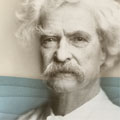
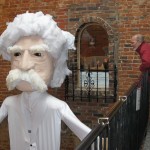
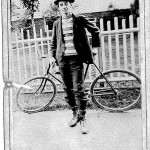
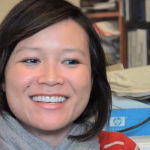


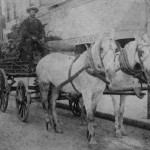









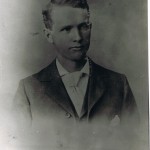


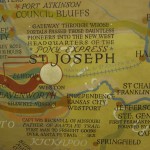


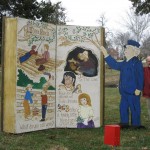

Better! But don’t limit yourself to one or two. Be sure to capture the tiny details. Longer captions, too, because they’re more interesting to read on an iPad than, say, essays.
Safe travels!